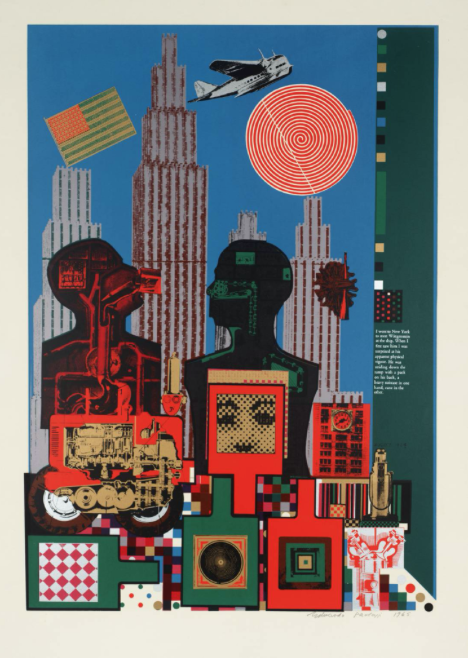Mind & Representation

Thinking is the processing of mental representations. This is the primary idea behind the Representational Theory of Mind (RTM). This new insight was drawn from the development of general purpose computing (e.g Babbage difference engine, Turing machines, von Neumann computer). We know that computers manipulate voltages to do calculations which logically preserve truth content. Similarly, we use our fingers to compute numbers by having our fingers stand in for numbers.
A written sentence is a representation which can be instantiated by different means, such as marks on a clay tablet, ink on paper, or pixels on a computer display unit. Words as marks have meaningful content. ‘Doves are white’ is a representation with meaning because it is about doves and their colour. Similar to word and symbol representations, mental representations are said to be physical states with meaning or aboutness. Aboutness is the idea that mental representations are always about something, e.g you’re happy about something or angry at someone.
I believe today is Sunday, I see a glass on my desk, I hope that public transport will be empty tomorrow, I think about a fun bike ride. According to RTM, when we think, we process a series of mental representations. But RTM is only one answer to questions such as ‘what are thoughts?’ and ‘what kind of process is thinking?’. Because not everyone agrees with RTM (see embodied cognition, for example).
Cover: Wittgenstein in New York by Eduardo Paolozzi